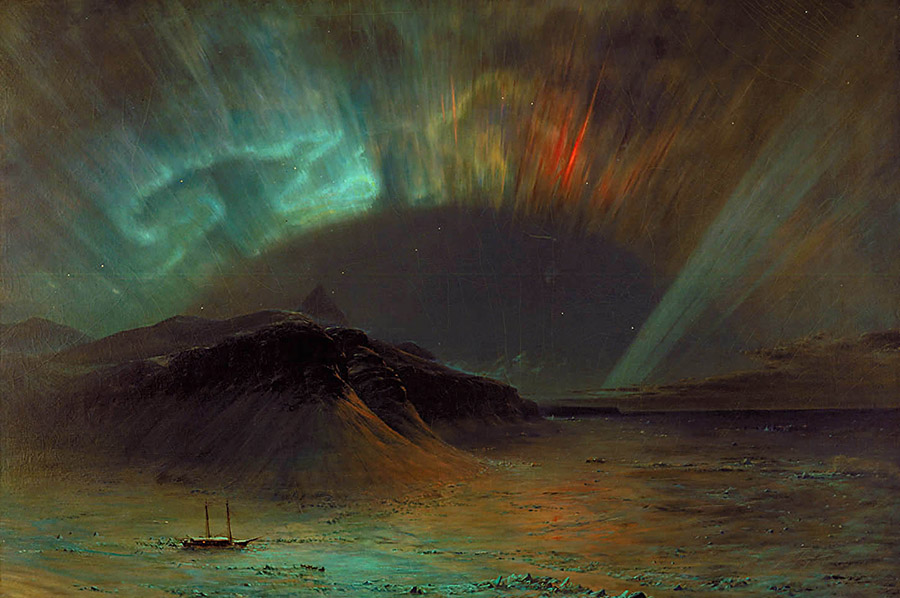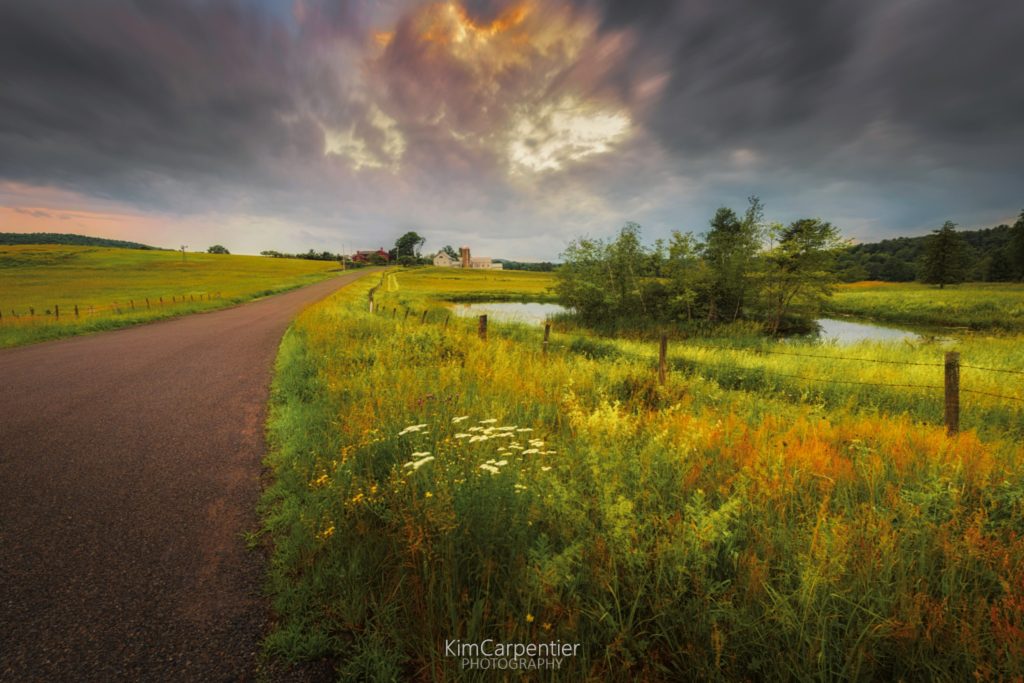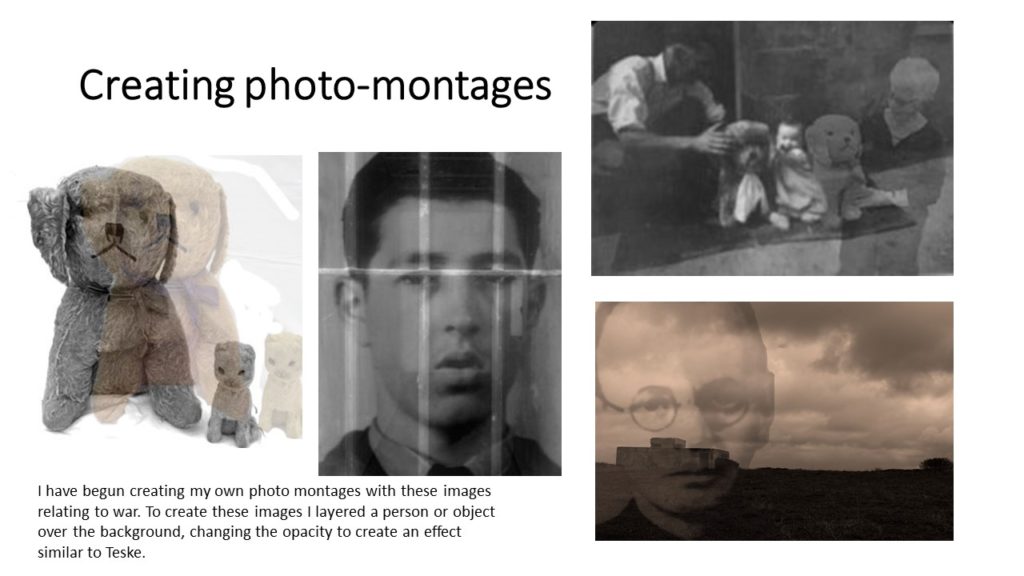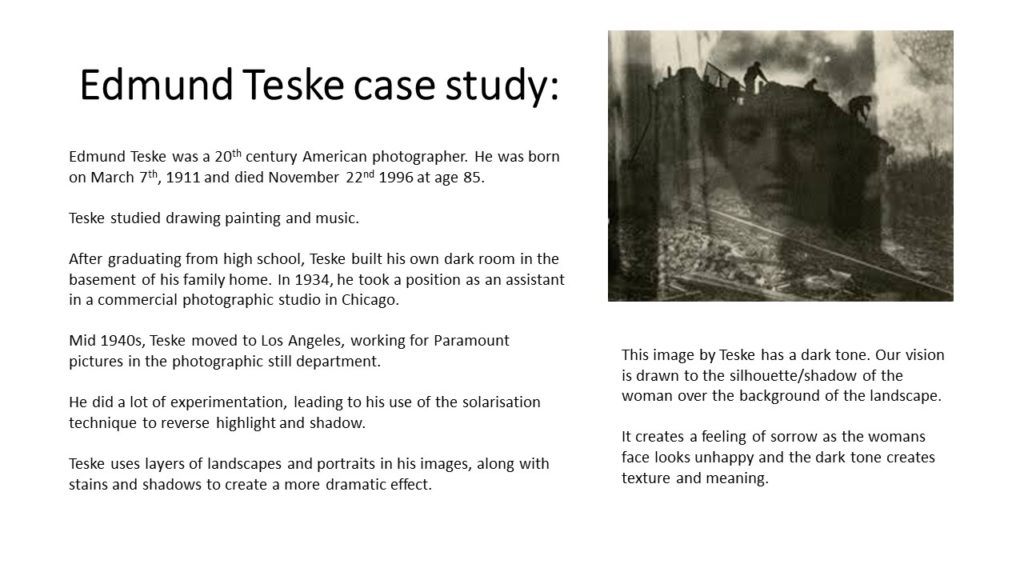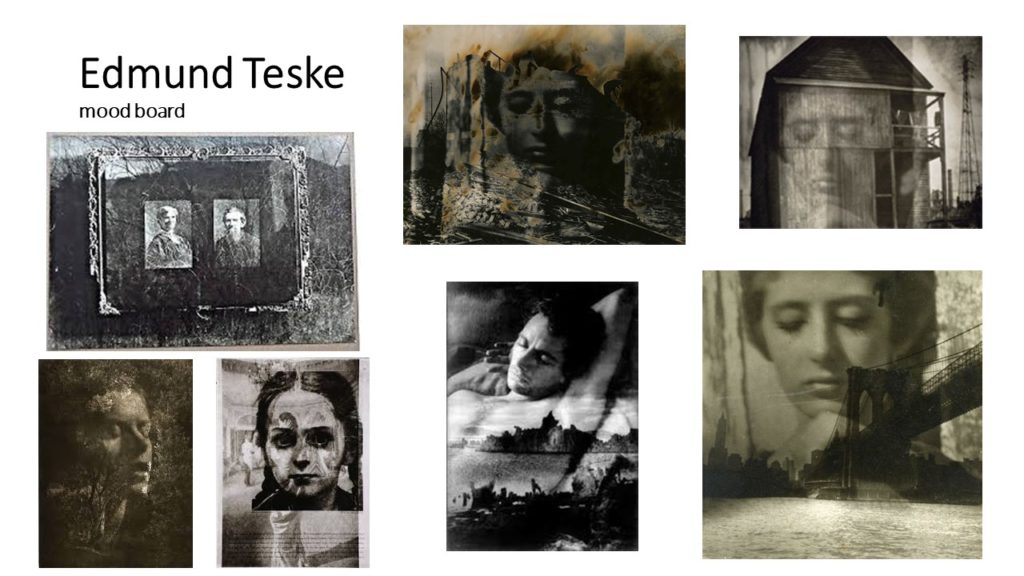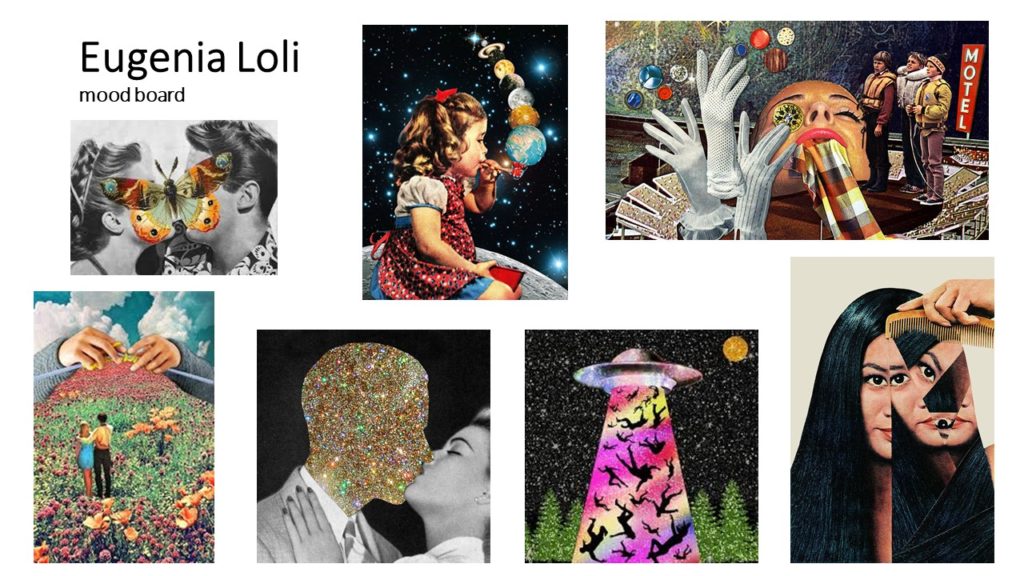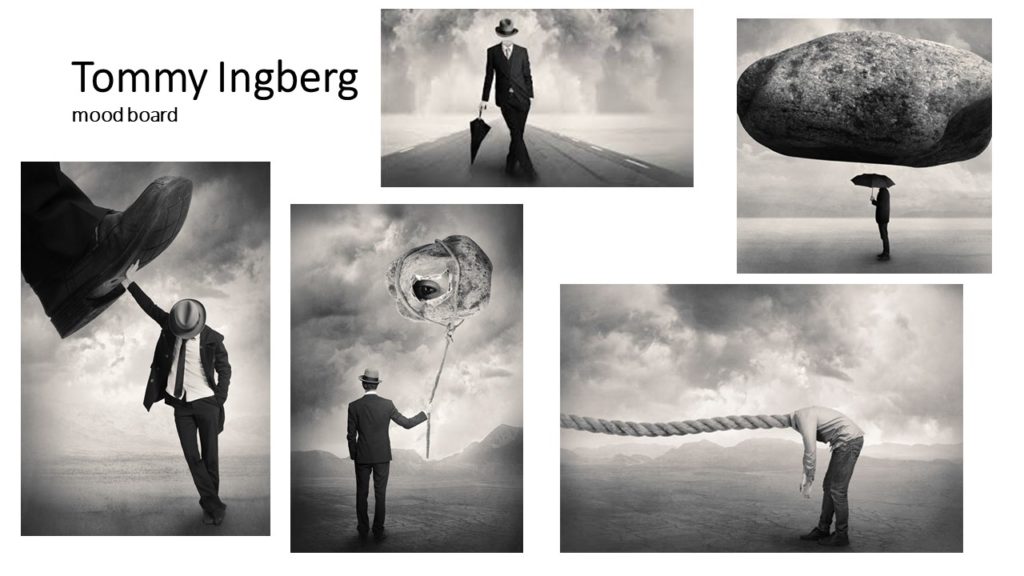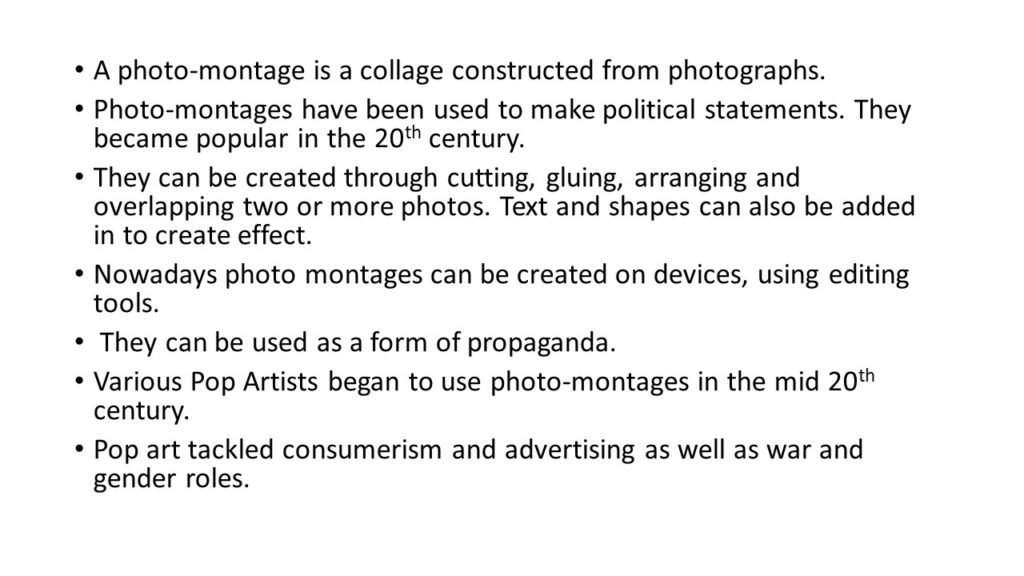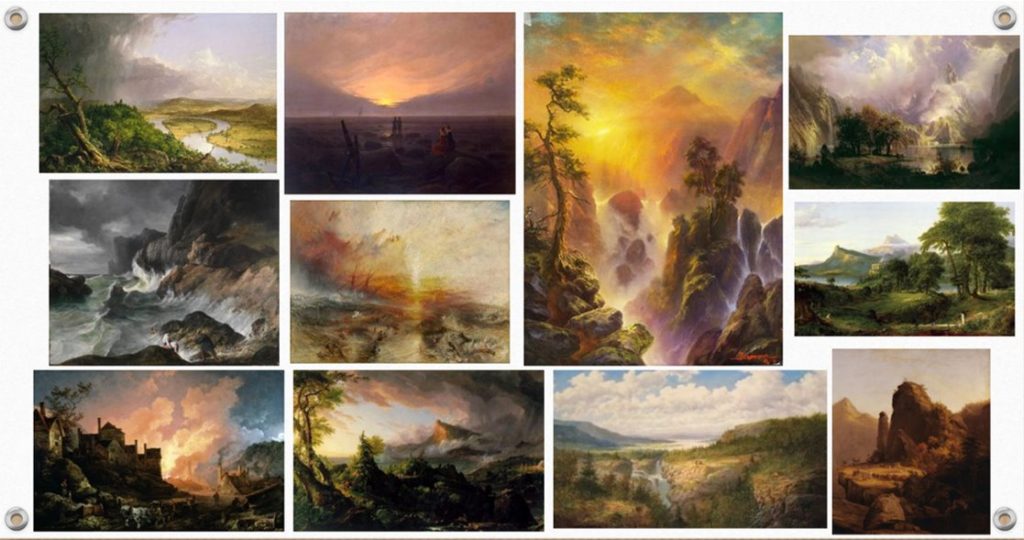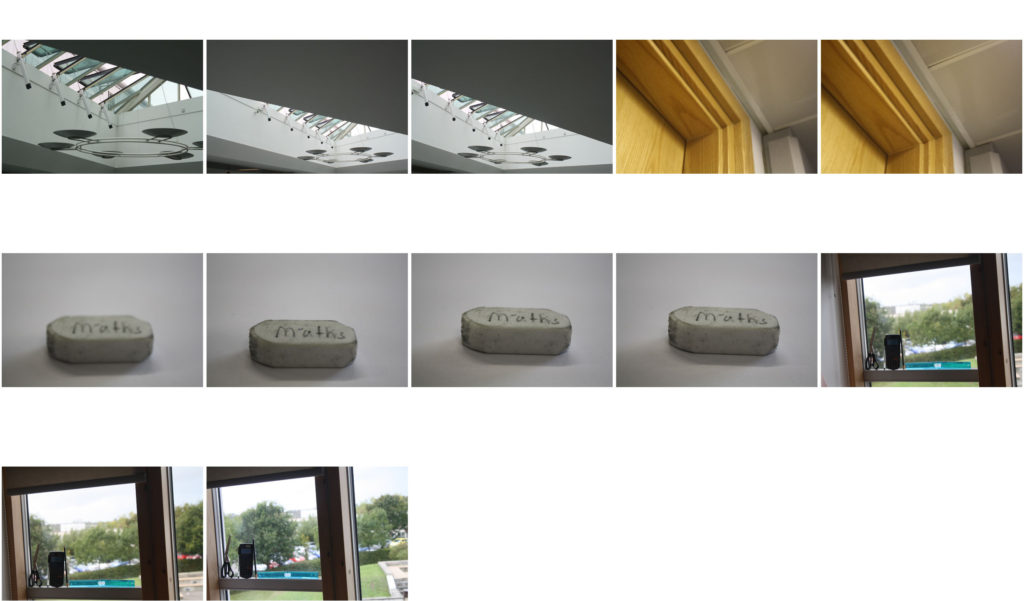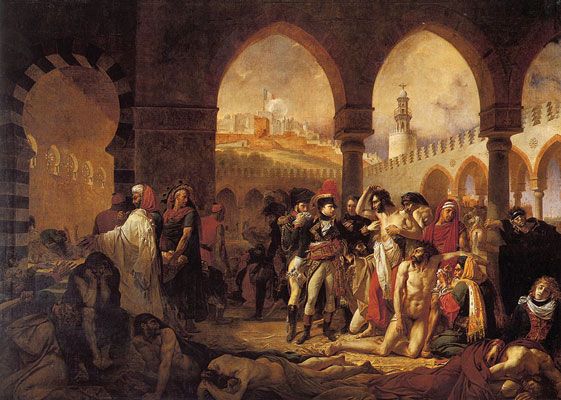
This painting depicts Napoleon I, not yet the Emperor, visiting his ailing soldiers in 1799 in Jaffa, Syria, at the end of his Egyptian Campaign. His troops had violently sacked the city but were subsequently stricken in an outbreak of plague. Gros creates a dramatic tableau of light and shade with Napoleon in the center, as if on a stage. He stands in front of a Moorish arcade and touches the sores of one of his soldiers, while his staff officer holds his nose from the stench. In the foreground, sick and dying men, many naked, suffer on the ground in the shadows. A Syrian man on the left, along with his servant who carries a breadbasket, gives bread to the ill, and two men behind them carry a man out on a stretcher.
The use of color and light highlights Napoleon’s gesture, meant to convey his noble character in addition to likening him to Christ, who healed the sick. Napoleon commissioned the painting, hoping to silence the rumors that he had ordered fifty plague victims poisoned. The work was exhibited at the 1804 Salon de Paris, its appearance timed to occur between Napoleon’s proclaiming himself as emperor and his coronation
Romanticism
Romanticism as a mind-set. Romanticism may be best understood not as a movement, but as a mind-set. The artists, poets and musicians of the Romantic period were united by their determination to use their art to convey emotion or provoke an emotional response from audiences.
Romanticism is built up of key features.
Some of the main characteristics of Romantic literature include a focus on the writer or narrator’s emotions and inner world; celebration of nature, beauty, and imagination; rejection of industrialization, organized religion, rationalism, and social convention; idealization of women, children, and rural life; inclusion …
It was used as a way of rebellion. people were less bothered about religion and were exploring nature. people realized the importance of individuals rather than having kings and queens. People used romanticism to to show different ideas about the meaning of life.




















